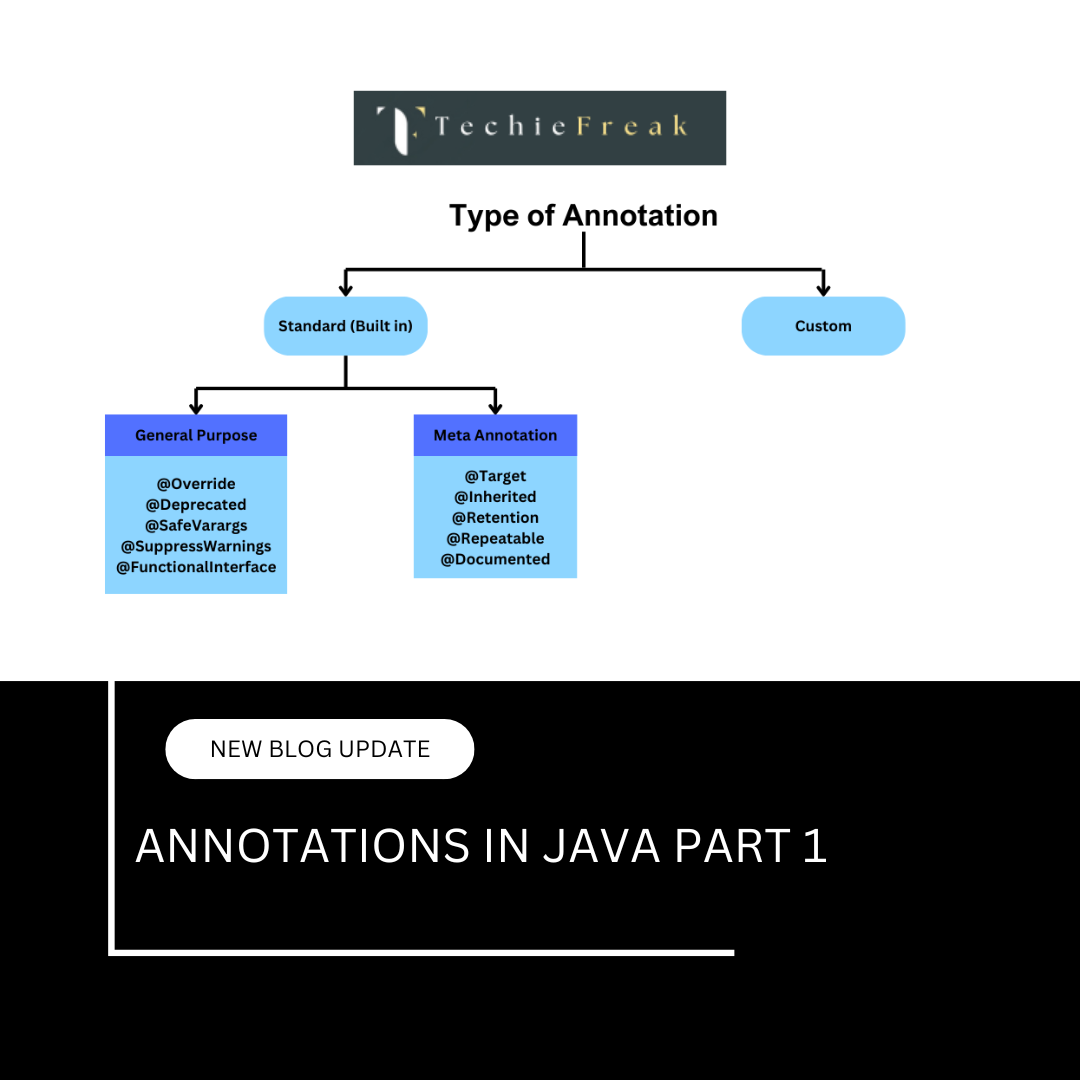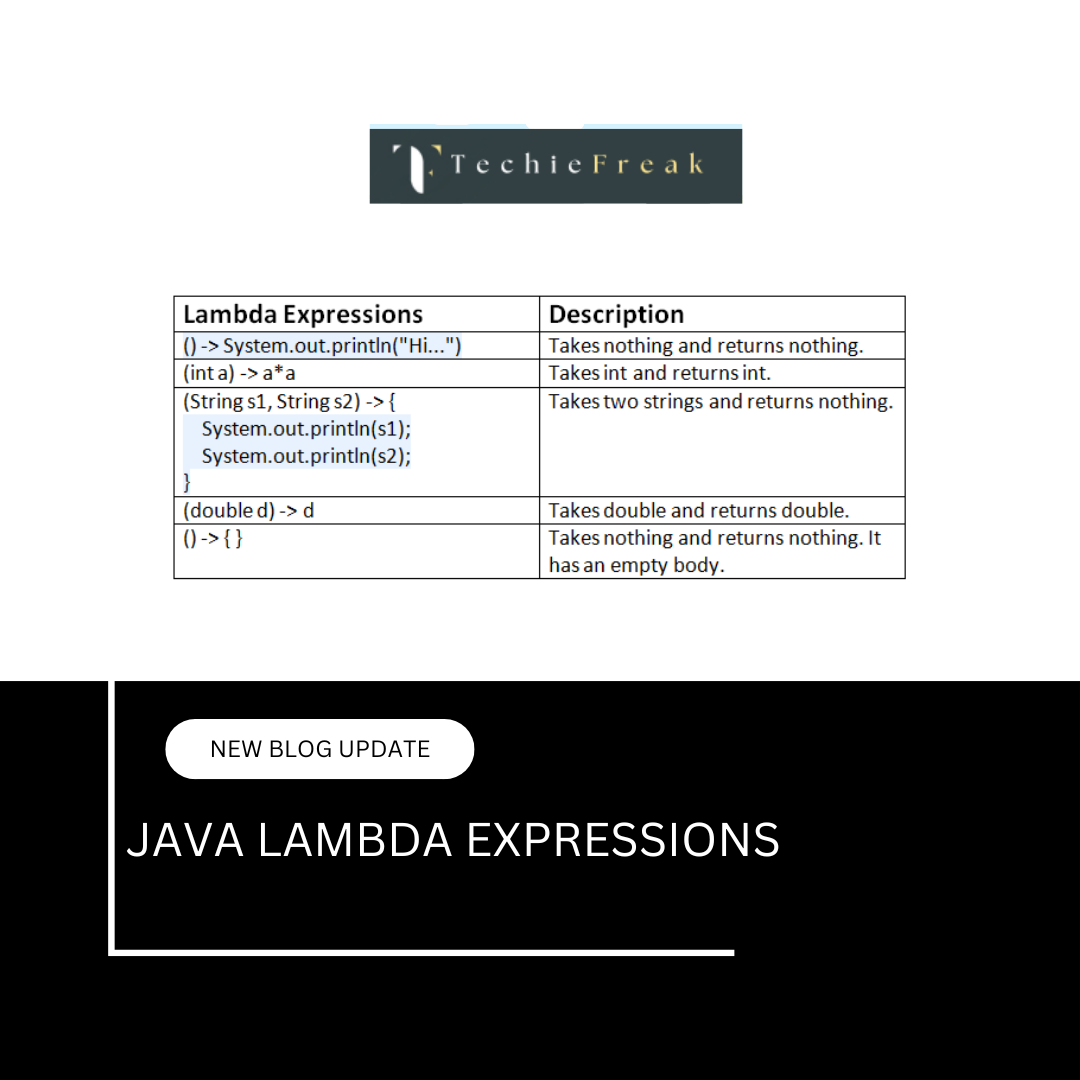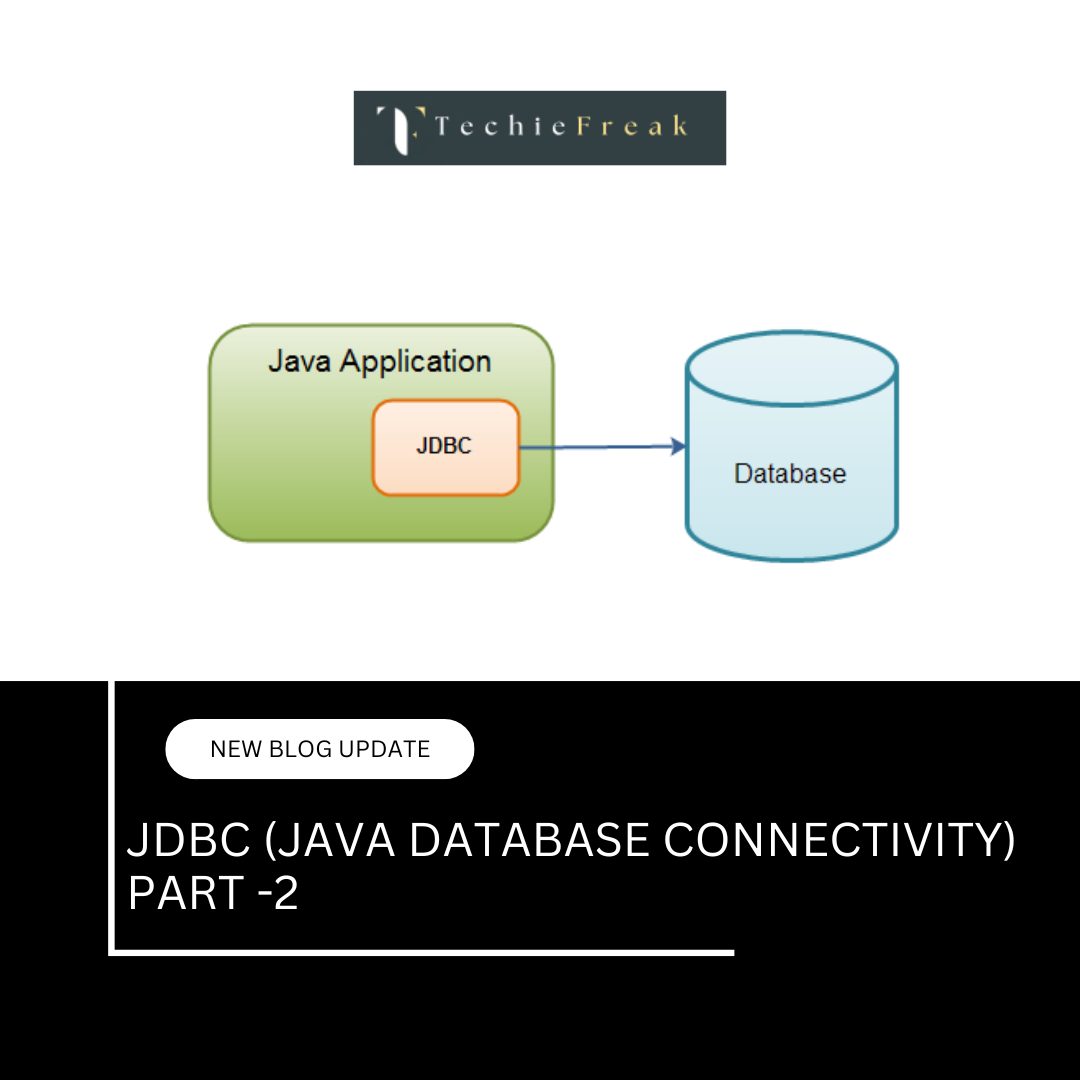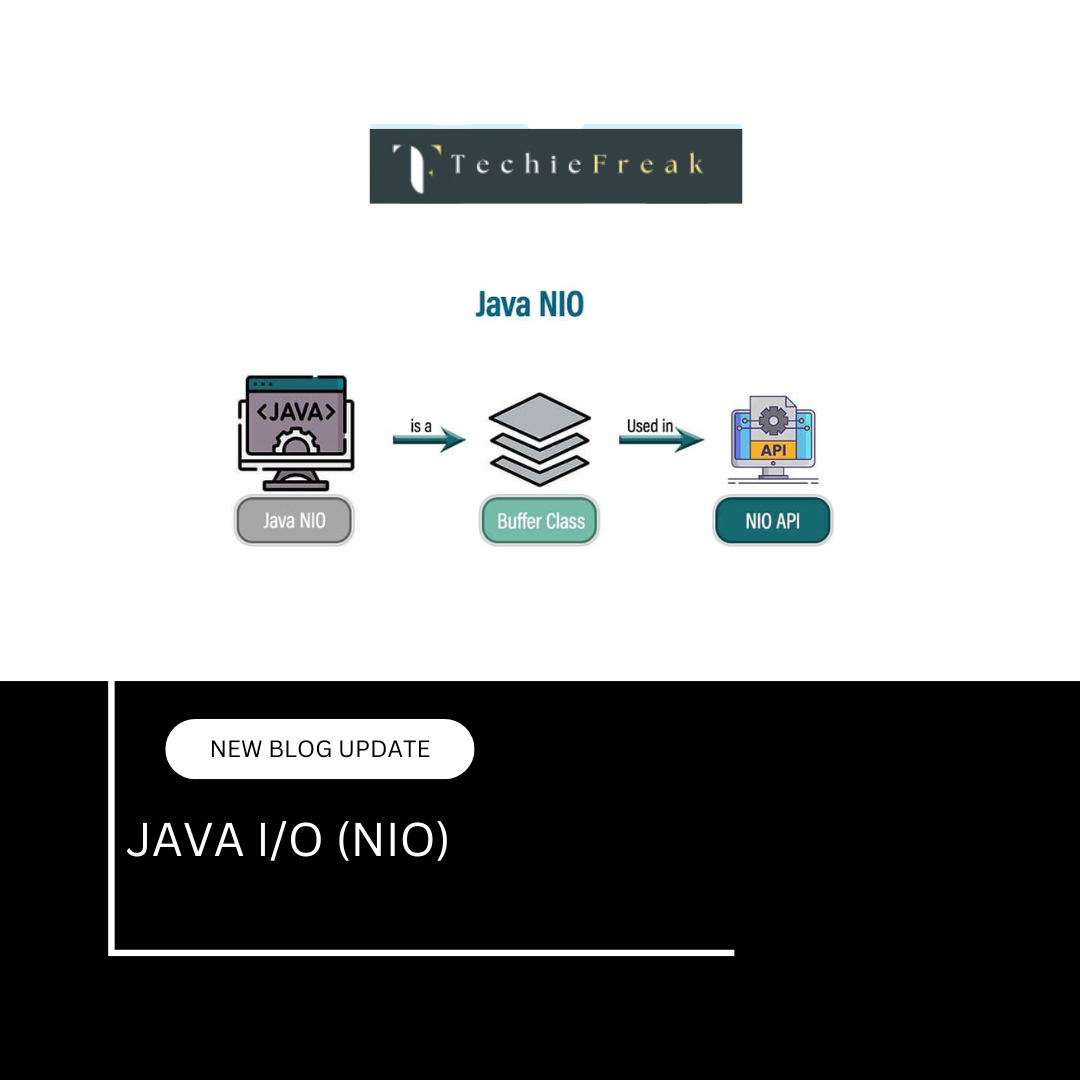Custom Implementation of CyclicBarrier in Java
In multithreading, sometimes we need multiple threads to wait for each other to reach a common point before continuing execution.
This is where CyclicBarrier comes in handy.
A CyclicBarrier is a synchronization aid that allows a set of threads to wait for each other to reach a common barrier point.
It is part of the java.util.concurrent package.
Let’s create our own version of CyclicBarrier.
Step 1 — Plan the Logic
Our custom CyclicBarrier needs:
- A count of threads to wait for (parties).
- A counter to track threads that have arrived.
- A mechanism to make threads wait (wait() / notifyAll()).
- Barrier reset for reuse.
Step 2 — Create CustomCyclicBarrier Class
public class CustomCyclicBarrier {
private final int parties;
private int waiting = 0;
public CustomCyclicBarrier(int parties) {
this.parties = parties;
}
public synchronized void await() throws InterruptedException {
waiting++;
if (waiting < parties) {
wait(); // thread waits here until all threads arrive
} else {
waiting = 0; // reset for reuse
notifyAll(); // release all waiting threads
}
}
}
Step 3 — Test CustomCyclicBarrier
public class CustomCyclicBarrierTest {
public static void main(String[] args) {
int parties = 3;
CustomCyclicBarrier barrier = new CustomCyclicBarrier(parties);
Runnable task = () -> {
try {
System.out.println(Thread.currentThread().getName() + " is doing work...");
Thread.sleep((long) (Math.random() * 3000));
System.out.println(Thread.currentThread().getName() + " reached barrier");
barrier.await();
System.out.println(Thread.currentThread().getName() + " passed the barrier");
} catch (InterruptedException e) {
e.printStackTrace();
}
};
for (int i = 0; i < parties; i++) {
new Thread(task).start();
}
}
}
Expected Output
Thread-0 is doing work...
Thread-1 is doing work...
Thread-2 is doing work...
Thread-1 reached barrier
Thread-0 reached barrier
Thread-2 reached barrier
Thread-1 passed the barrier
Thread-0 passed the barrier
Thread-2 passed the barrier
Step 4 — Add Barrier Action (Optional)
We can extend our custom barrier to execute a task once all threads arrive.
public class CustomCyclicBarrier {
private final int parties;
private int waiting = 0;
private Runnable barrierAction;
public CustomCyclicBarrier(int parties, Runnable barrierAction) {
this.parties = parties;
this.barrierAction = barrierAction;
}
public synchronized void await() throws InterruptedException {
waiting++;
if (waiting < parties) {
wait();
} else {
if (barrierAction != null) barrierAction.run();
waiting = 0;
notifyAll();
}
}
}
Test with Barrier Action
public class CustomCyclicBarrierTest {
public static void main(String[] args) {
int parties = 3;
Runnable barrierAction = () -> System.out.println("All threads reached the barrier!");
CustomCyclicBarrier barrier = new CustomCyclicBarrier(parties, barrierAction);
Runnable task = () -> {
try {
System.out.println(Thread.currentThread().getName() + " is doing work...");
Thread.sleep((long) (Math.random() * 3000));
System.out.println(Thread.currentThread().getName() + " reached barrier");
barrier.await();
System.out.println(Thread.currentThread().getName() + " passed the barrier");
} catch (InterruptedException e) {
e.printStackTrace();
}
};
for (int i = 0; i < parties; i++) {
new Thread(task).start();
}
}
}
Expected Output:
Thread-0 is doing work...
Thread-1 is doing work...
Thread-2 is doing work...
Thread-1 reached barrier
Thread-0 reached barrier
Thread-2 reached barrier
All threads reached the barrier!
Thread-1 passed the barrier
Thread-0 passed the barrier
Thread-2 passed the barrier
Complete CustomCyclicBarrier Implementation
// CustomCyclicBarrier.java
public class CustomCyclicBarrier {
private final int parties;
private int waiting = 0;
private final Runnable barrierAction;
public CustomCyclicBarrier(int parties) {
this(parties, null);
}
public CustomCyclicBarrier(int parties, Runnable barrierAction) {
this.parties = parties;
this.barrierAction = barrierAction;
}
public synchronized void await() throws InterruptedException {
waiting++;
if (waiting < parties) {
wait(); // thread waits until all threads arrive
} else {
if (barrierAction != null) {
barrierAction.run(); // execute barrier action
}
waiting = 0; // reset barrier for reuse
notifyAll(); // release all waiting threads
}
}
}
Test Code for CustomCyclicBarrier
// CustomCyclicBarrierTest.java
public class CustomCyclicBarrierTest {
public static void main(String[] args) {
int parties = 3;
// Optional barrier action
Runnable barrierAction = () -> System.out.println("All threads reached the barrier!");
CustomCyclicBarrier barrier = new CustomCyclicBarrier(parties, barrierAction);
Runnable task = () -> {
try {
System.out.println(Thread.currentThread().getName() + " is doing work...");
Thread.sleep((long) (Math.random() * 3000)); // simulate work
System.out.println(Thread.currentThread().getName() + " reached barrier");
barrier.await();
System.out.println(Thread.currentThread().getName() + " passed the barrier");
} catch (InterruptedException e) {
e.printStackTrace();
}
};
for (int i = 0; i < parties; i++) {
new Thread(task).start();
}
}
}
Expected Output
Thread-0 is doing work...
Thread-1 is doing work...
Thread-2 is doing work...
Thread-1 reached barrier
Thread-0 reached barrier
Thread-2 reached barrier
All threads reached the barrier!
Thread-1 passed the barrier
Thread-0 passed the barrier
Thread-2 passed the barrier
Advantages of CustomCyclicBarrier
- Helps understand how synchronization works.
- Useful learning exercise for low-level concurrency.
- Can be tailored for specific needs.
Disadvantages
- More error-prone than using Java’s built-in CyclicBarrier.
- Lacks optimizations such as thread fairness and interruption handling.
- No built-in safety against deadlocks.
Real-World Use Case
CustomCyclicBarrier can be used for:
- Simulating teamwork in games or simulations.
- Coordinating tasks in scientific computations.
- Parallel processing with synchronization points.
Conclusion
The custom implementation of CyclicBarrier shows:
- How synchronization works internally.
- How threads can coordinate with low-level locking mechanisms.
- That Java’s built-in CyclicBarrier already handles complexity like reusability, fairness, and barrier actions efficiently.
For production-grade systems, always prefer Java’s built-in CyclicBarrier, but for understanding concurrency deeply, building a custom version is invaluable.
Next Blog- Custom Implementation of CountDownLatch in Java
 (40).png)
 (17).png)
.png)


 (53).png)
 (18).png)



.png)




.png)
 (1).png)
 (2).png)
 (3).png)
 (4).png)
 (5).png)
 (6).png)
 (9).png)
 (7).png)
 (10).png)
 (8).png)
 (10).png)
 (12).png)
 (13).png)
 (13).png)
 (15).png)
 (16).png)
 (19).png)
 (20).png)
 (21).png)
 (22).png)
 (23).png)
 (24).png)
 (25).png)
 (26).png)
 (27).png)
 (28).png)
 (29).png)
 (30).png)

 (31).png)
 (32).png)
 (54).png)
 (33).png)
 (34).png)
 (35).png)
 (36).png)
 (37).png)
 (38).png)
 (39).png)
 (41).png)
 (42).png)
 (45).png)
 (46).png)
 (47).png)
 (48).png)
 (55).png)
 (50).png)
 (51).png)
 (52).png)
 (56).png)
.png)
 (44).png)
